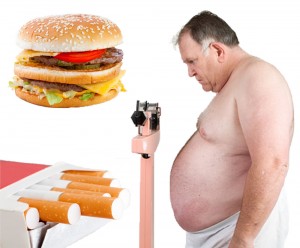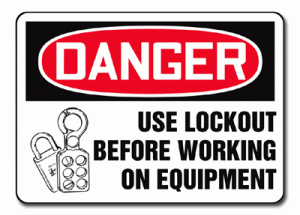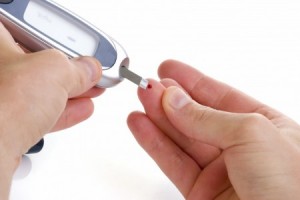 The most dangerous breeds of dogs are comprised of pit bull terriers, the fighting breed derivatives and ancestors of pit bull terriers, rottweilers and wolf hybrids.
The most dangerous breeds of dogs are comprised of pit bull terriers, the fighting breed derivatives and ancestors of pit bull terriers, rottweilers and wolf hybrids.
The two most deadly dog breeds in America: pit bull terriers and rottweilers. Research from DogsBite.org shows that during the 9-year period from 2005 to 2013, these two breeds accounted for 74% of the total recorded fatal attacks.1 By compiling U.S. and Canadian press accounts between 1982 and 2013, a report by Animal People shows that pit bulls (275) and rottweilers (85) and their mixes contributed to 67% of the total recorded fatal attacks (539).
It is important to point out that fatal dog attacks committed by pit bulls and their mixes more than doubles the attacks inflicted by rottweilers. It is well documented by experts and humane groups that pit bulls pose a substantial danger due to their selective breeding for dogfighting. Unlike other dog breeds, pit bulls frequently fail to communicate intention prior to an attack (surprise attacks); possess a lethal bite style (hold and shake) and a ruinous manner of attack (gameness).
via Most Dangerous Dogs – Pit bulls, Rottweilers and Fighting Breeds – DogsBite.org.









